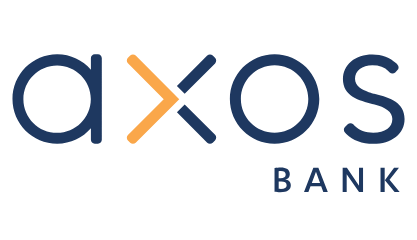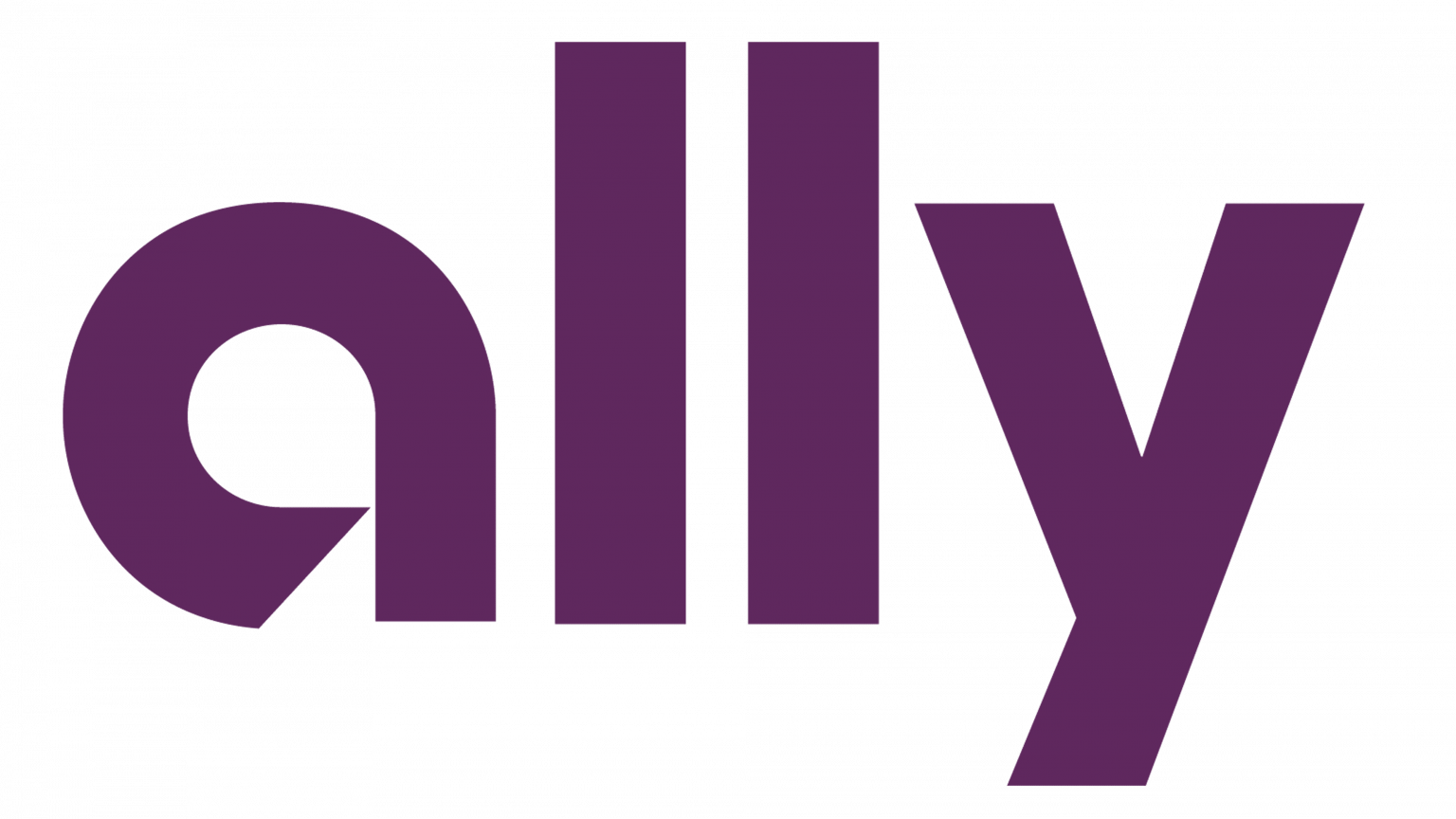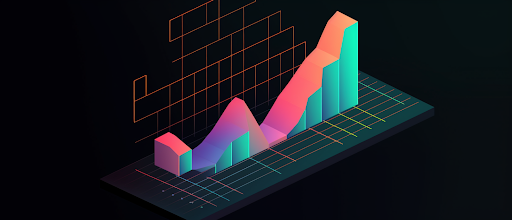


Best Savings Accounts For Digital Banking
Online banks offer a variety of digital accounts and services, along with higher yields and lower fees. Here are our five favorite digital banks for savings accounts in 2023.

Table of Contents
In the digital age, more and more consumers are turning to online banks for their financial needs. Without the overhead required by maintaining traditional branches, digital banks can offer higher yields and more robust online banking tools, not to mention the convenience of banking from home.
With more options available by the day, how do you choose the right online bank for your digital savings needs? Here are our top five to get you started, along with some general tips to help you find the right fit.
The 5 Best Digital Savings Accounts
Quontic Bank

Show More Details
Quontic Bank is our top overall choice for digital banking, thanks to its competitive APYs on checking and savings, low fees, and vast ATM network. The bank’s Cash Rewards Checking account even pays 1.00% cash back on each qualifying debit transaction, and the high-yield savings account pays 4.50% APY. Plus, Quontic’s designation as a Community Development Financial Institutions (CDFI) Fund will appeal to small businesses and members of underserved communities.
Pros:
- Competitive rates and checking, savings, and CDs
- Large fee-free ATM network
- CDFI designation
Cons:
- Higher rates available from some competitors
- No 24/7 customer service
- Limited branch access
Additional Details
- Offers both cash-back checking and interest checking accounts
- Full-service bank
- Offers two checking accounts, one savings account, a money market account, and five CDs ranging from six months to five years
Axos Bank

Show More Details
Axos Bank offers highly competitive rates for consumers looking for returns on their checking, savings, and CDs. Although the savings account offers a fairly low APY for an online bank, its Rewards Checking offers one of the highest APYs for any checking account, and CashBack Checking account holders can earn 1% cash back on many purchases. However, this account’s highlight feature is its unlimited reimbursement for domestic, out-of-network ATM fees — meaning you can conduct many essential banking tasks, no matter where you are.
Pros:
- Unlimited reimbursements for domestic, out-of-network ATMs
- 24/7 customer service, even on holidays
- Competitive checking and savings rates
Cons:
- Higher APYs available from some competitors
- Low CD rates for an online bank
- No physical branches
Additional Details
- Top-rated mobile app
- Full-service bank
- Offers five checking accounts, one savings account, one money market account and CDs ranging from three months to five years
Discover Bank

Show More Details
Consumers who want to keep fees to a minimum should have Discover Bank at the top of their list for consideration. Not only does this digital bank offer a wide selection of accounts and services, but Discover also charges little to no fees for any traditional banking services. Account maintenance, insufficient funds, ATM fees, stop-payments, returned items — you name it, and there’s probably not a fee. The only noticeable exception is that Discover doesn’t reimburse any out-of-network ATM fees charged by other banks. These limited fees, coupled with a competitive 4.30% APY, make Discover one of the best choices for digital savings.
Pros:
- Very few fees
- Competitive rates and rewards
- 24/7 customer service
Cons:
- No APY on checking account
- Higher rates available from some competitors
- No reimbursement for out-of-network ATMs
Additional Details
- Top-rated mobile app
- Earn 1% back on up to $3,000 in debit card purchases each month
- Offers a cash-back checking account, a high-yield savings account, a money market account and CDs ranging from three months to 10 years
Ally Bank

Show More Details
Ally Bank stands out among online banks for its advanced online savings features. Account holders can create savings buckets for up to 10 different goals to automate each month. Even more, Ally offers “round-ups” and “surprise savings” features that automatically dump spare change into your account, helping you accelerate toward your savings goals while you earn an impressive 4.25% APY. With 24/7 customer service and minimal fees, Ally is a strong contender for one of the top digital banks.
Pros:
- Helpful online savings tools
- High customer service ratings
- No minimum balance and minimal fees
Cons:
- No options for cash deposits
- Higher rates available from some competitors
- No physical branches
Additional Details
- Full-service bank
- Up to $10 in out-of-network ATM fee reimbursements per month
- Offers a savings account, interest-checking account, money market account, and CDs ranging from three months to five years
- Special CD offers include a raise-your-rate CD of two or four years and a no-penalty, 11-month CD
Salem Five Direct
Show More Details
Salem Five Direct offers a rare level of account security. On top of standard Federal Deposit Insurance Corporation (FDIC) insurance, the Massachusetts Depositors Insurance Fund covers unlimited deposits above $250,000. That security, along with a top-notch 5.01% APY, makes Salem Five Direct a great choice for large savings deposits. The bank also charges very few fees and reimburses up to $15 per cycle in out-of-network ATM fees charged by other banks.
Pros:
- Unlimited insurance coverage on deposits
- Competitive yields
- Third-party ATM fee reimbursements of up to $15 per statement cycle
Cons:
- Fee for savings transactions conducted at Salem Five Direct locations
- $35 overdraft fee
- $10,000 deposit required for CD
Additional Details
- Top-rated mobile app
- Minimal fees
- Customer service available via live chat, messaging, email, and phone
- Offers a checking account, a savings account, and CDs ranging from 12 months to 36 months
Mechanics of Online Banking
Online banks offer a bevy of banking services, from checking and savings accounts to loans and more. Many of these accounts — including checking accounts — offer higher yields than what you’ll find at traditional banks.
Customers can access their accounts with a variety of online and mobile banking tools, as well as via phone or mail. Online banks typically allow you to connect accounts to make transfers and deposits. Most also have large ATM networks where you can withdraw or deposit funds in person.
Online vs. Traditional Banks
Although online banks offer many of the same services you’ll find at traditional, brick-and-mortar banks, there are some key differences to consider before you decide which option best fits your financial needs.
Characteristics of Online Banks
Unlike traditional institutions, online banks typically operate without physical branches. Although this limits your options for in-person service, it allows the bank to offer 24/7 customer service, higher returns on your deposit, and lower fees. Thanks to the lower overhead, many digital banks are also able to invest in creating more robust online account management tools such as goal trackers, automated savings, and budgeting tools.
Traditional Banking Attributes
Traditional banks’ physical branches allow for more direct, in-person service where you can make deposits or meet with a financial advisor. Most traditional banks also offer a broader array of financial services, including not only checking and savings accounts but a full slate of lending and financial planning tools. The downside of traditional banks is that you’ll typically pay higher fees for these services, and your account yields will be lower.
Key Benefits of Online Banks
Because they’re untethered from physical locations, online banks offer several benefits that appeal to modern, tech-savvy, on-the-go consumers.
Convenience and Accessibility
Many consumers find that what they lose by giving up in-person service is more than made up for in terms of convenience and accessibility. Online banks can offer 24/7 customer service, either through digital tools and account management or anytime access to customer support via phone and chat.
The best digital banks also feature extensive, nationwide ATM networks that make it easy to take care of many in-person banking needs such as cash withdrawals and deposits. Often, these are available for free or with fee reimbursements for out-of-network ATM use.
Advanced Online Banking Features
Digital banks are particularly appealing to tech-savvy consumers who want access to intuitive online and mobile banking features. Accounts often come equipped with a variety of financial tools, such as mobile wallet integrations, automated savings planners, and person-to-person payment services.
Moving your banking online doesn’t pose a security risk, either. Online banks offer the same level of account encryption as traditional banks — and more. These accounts often come equipped with more advanced security features such as multifactor authentication.
Higher Returns
For most consumers, the lower fees and higher yields of digital banks offer the strongest incentive for moving their funds online. Most online banks forego monthly maintenance fees, ATM fees, and many other costs of traditional banking. Plus, the APYs for checking and savings can exceed those offered by traditional banks by as much as can be more than 1.00% or more.
By avoiding the costs of brick-and-mortar banking, digital banks can offer similar services with a much more lucrative return.
Choosing the Right Online Bank
Although many online banks offer these benefits, not every institution is created equal. To make the right choice, it’s important to understand your own banking needs and compare the various services offered by each bank you consider.
For instance, some digital banks offer only a few checking and savings accounts, while others feature more options with varying APYs or account features. Some offer easier access to fee-free ATM services or unlimited transfers. Consider your own financial habits to determine which features are most important to you.
Additionally, pay attention to the following key considerations:
- Fees and rates: Even minor differences in fees and APYs can add up significantly over time. Be sure you understand the rate you’ll earn and any fees you’ll incur for your typical banking habits.
- Digital experience: As digital banking becomes more prominent, secure and intuitive mobile and online banking features grow increasingly important for consumers of all kinds. You may need access to quick and easy mobile deposits, online bill-pay, budgeting tools, and more.
- Safety: Always make sure any bank you consider is insured by the Federal Deposit Insurance Corporation (FDIC), whether online or traditional. This insurance safeguards your deposits from bank failure for up to $250,000 per depositor, per bank, and per account category.
Opening an Account with an Online Bank
For the most part, opening an online bank account isn’t much different from opening an account with a traditional bank. The process usually involves a few simple steps:
- Visit the bank’s website and select the type of account you wish to open.
- Fill out an online application.
- Provide any necessary information and documentation to verify your identity. This may include your name, address, email, Social Security number, and government-issued ID.
- Connect an account and make an initial minimum deposit, if required.
With no physical branch to go to and set up your account, you’ll typically need to connect another account from which you can transfer funds electronically. In some cases, you may be able to mail a check or money order. Whichever process you choose, you’ll need to wait until the funds clear to begin using your account.
Frequently Asked Questions (FAQs)
What Is The Best Online Bank?
Ultimately, the best online bank depends on your financial habits and banking needs. Online banks offer various accounts, services, and digital banking features. Some have larger ATM networks than others, and a few even have brick-and-mortar locations. Take time to compare a few options and determine the right fit for you.
What Is The Difference Between Online Banking And Digital Banking?
Although these two terms are closely related, they speak to different aspects of banking and financial services. Digital banks exist primarily online, offering their services without traditional physical branches. Online banking relates to a set of digital services that both digital and traditional banks offer, such as mobile banking and online bill-pay.
How Safe Is Digital Banking?
Digital banking is generally as safe as in-person banking, with enhanced encryption and password protection to keep your money safe. That said, it’s still important to exercise care with online banking. Be sure your accounts are FDIC-insured, and always practice safe online habits such as never banking on public Wi-Fi networks and choosing secure passwords.
Are Online Banks Fdic-Insured?
Just like traditional banks, most online banks are FDIC-insured, which means up to $250,000 in funds you deposit in each account type are protected from bank failure. You should always double-check for FDIC insurance before establishing an account with any bank.







